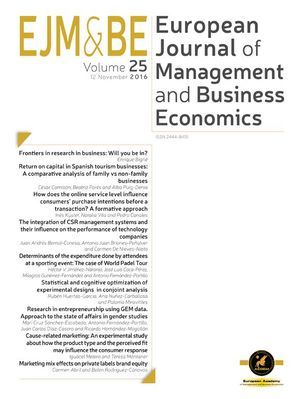La internacionalización de actividades de I+D en países extranjeros distintos del de origen de las multinacionales es una difícil decisión, y el entorno local es uno de los elementos fundamentales para su localización. A partir de un estudio de casos y tomando como referencia siete filiales con centros de investigación de excelencia en España, se concluye que los factores relacionados con la oferta tecnológica tienen mayor poder de atracción que los de demanda de mercado. Sin embargo, se constata que el entorno español resulta más atractivo por el lado de los factores de demanda que por el de oferta y, por lo tanto, se sitúa en una posición intermedia en la atracción de inversión directa en actividades de I+D en el exterior.
The internationalization of R&D activities in countries different from that of the multinational's origin is a difficult decision. The local environment plays an essential role in that sense. Using case study methodology and taking seven subsidiaries with excellent research centers in Spain as a reference, the results show that the aspects related to technology supply have more power of attraction than those related to market demand. However, the Spanish environment is more attractive on the side of demand factors than by the supply ones; therefore, it explains the position of Spain as an intermediate country in attracting direct foreign investment in R&D and innovation.




